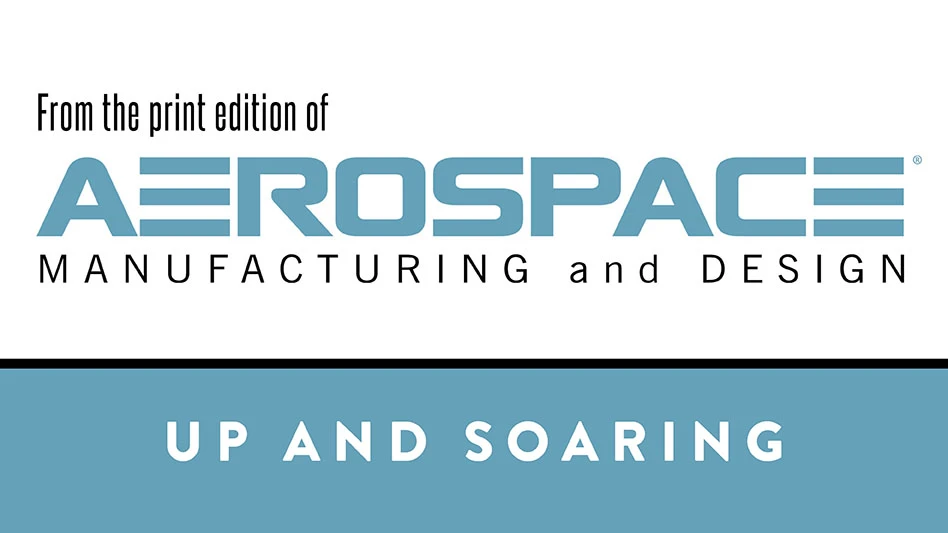
What if we could generate solar power day and night, 365 days a year? Oxfordshire-based Space Solar is at the helm of a new project set to transform renewable energy. The company plans to build a satellite-based solar farm in high Earth orbit, beaming the power generated back to Earth. It expects to deliver an affordable and scalable model of the technology within just 12 years.
The project relies on construction of a helix-shaped satellite more than 10x larger than the International Space Station. A mirror system concentrates solar rays directly onto the satellite’s solar panels, generating electricity which is then converted into high frequency radio waves and directed to a receiver on Earth.
It’s a setup like something from a sci-fi movie. But thanks to the increasing viability of space launches and interstellar travel, we’re likely to see the announcement of similar projects. However, as more businesses seek the benefits space travel offers, there’s increasing pressure on the manufacturing sector to produce and supply hardware sophisticated enough to support these concepts.
Semiconductor technology shows promise in this area. Experimentation with novel materials such as gallium nitride is driving performance enhancements within the manufacturing sector. Gallium nitride-based semiconductors may be advantageous for telecommunication devices in space, as they allow for higher signal strength and data transmission rates than current electronic systems.
DC motor technology also offers unique benefits. These components play a crucial role in allowing space satellites to operate autonomously and remotely. This includes the movement of robotic arms, potentially used for self-maintenance or assembly in space. In the solar farm satellite, micro drives can precisely adjust the positioning of the mirrors and solar panels for optimum power generation.

However, a robust design is crucial to ensure the motor can survive the harsh conditions during launch and space travel. Weight reduction and the survivability of some materials under extreme variable temperatures are also concerns. Long-term reliability must also be considered, as chances of dispatching a maintenance engineer to repair or replace a faulty motor in space are slim.
To avoid these problems, selecting the right DC motor is essential. Brushless DC motors are popular in space applications, offering enhanced speed control and efficiency compared to brushed motors. Additionally, removing brushes reduces potential failure points for a long-lasting motor.
Another consideration when searching for the correct DC motor is to select a company with prior experience and applications in the space sector. EMS has significant expertise in this sector, having supported multiple space projects with custom drive system solutions including the BAMMsat-on-BEXUS satellite, a biological research experiment aiming to support future human spaceflight. As the exclusive distributor for leading DC motor manufacturers and operating its own custom manufacturing facility, EMS is poised to specify and supply drives to match the demands of space applications.
As space travel becomes more viable and climate-change concerns continue, we’re likely to see an influx of companies looking to the stars for solutions for the world’s biggest issues. The success of these projects is highly dependent on the technologies supporting them.
EMS

Explore the August 2024 Issue
Check out more from this issue and find your next story to read.
Latest from Aerospace Manufacturing and Design
- America Makes announces QTIME project call
- Innovation meets precision for 40% faster machining
- Upcoming webinar: Pro tips from a supply chain strategist
- Heart Aerospace relocates to Los Angeles
- Fixtureworks introduces Stablelock Clamps
- Piasecki acquires Kaman's KARGO UAV program
- PI Americas’ long-travel XY piezo nanopositioners-scanners
- AAMI project call submission deadline extended to May 12





